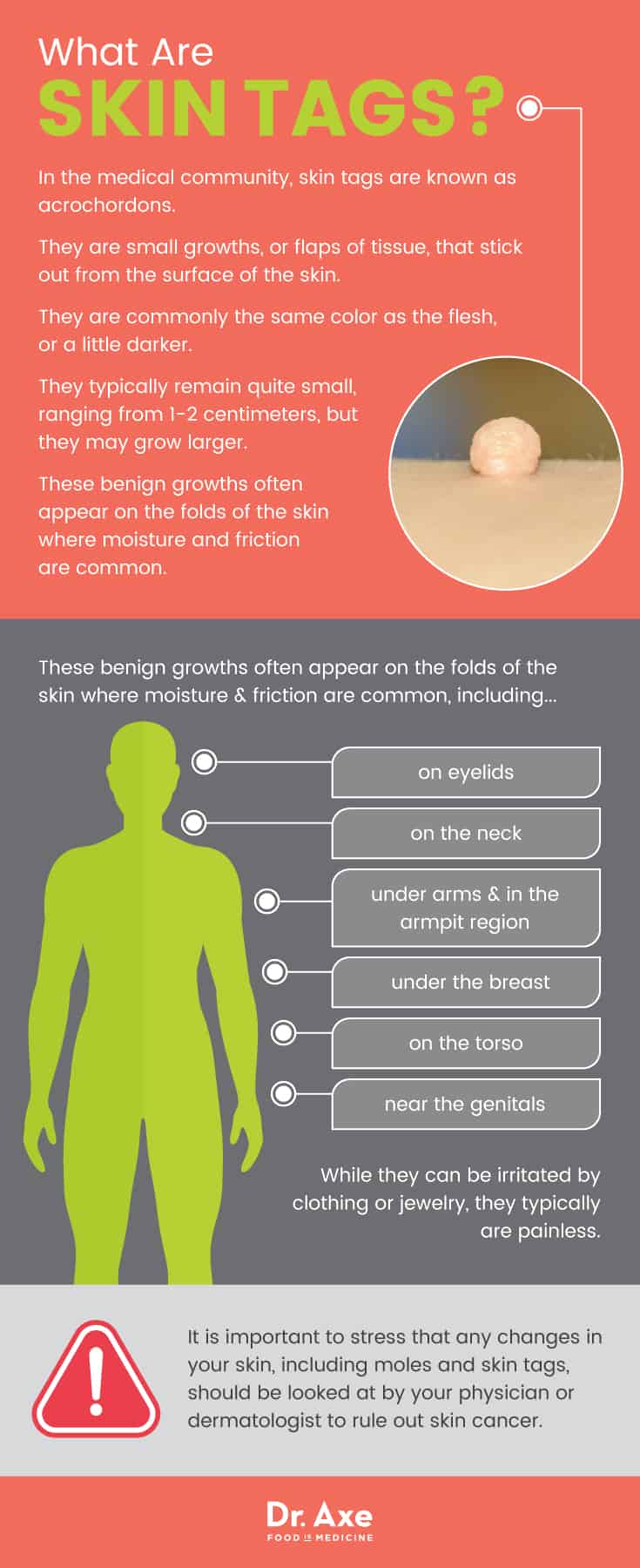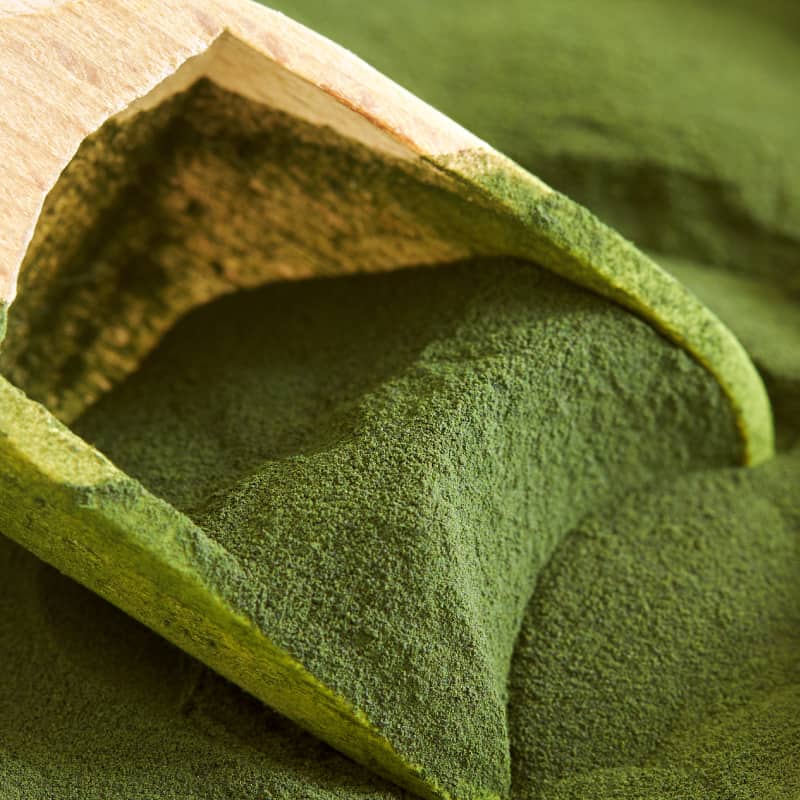This Dr. Axe content is medically reviewed or fact checked to ensure factually accurate information.
With strict editorial sourcing guidelines, we only link to academic research institutions, reputable media sites and, when research is available, medically peer-reviewed studies. Note that the numbers in parentheses (1, 2, etc.) are clickable links to these studies.
The information in our articles is NOT intended to replace a one-on-one relationship with a qualified health care professional and is not intended as medical advice.
This article is based on scientific evidence, written by experts and fact checked by our trained editorial staff. Note that the numbers in parentheses (1, 2, etc.) are clickable links to medically peer-reviewed studies.
Our team includes licensed nutritionists and dietitians, certified health education specialists, as well as certified strength and conditioning specialists, personal trainers and corrective exercise specialists. Our team aims to be not only thorough with its research, but also objective and unbiased.
The information in our articles is NOT intended to replace a one-on-one relationship with a qualified health care professional and is not intended as medical advice.
How to Remove Skin Tags Safely (10 Natural Ways)
August 8, 2018

Soft, fleshy growths that hang from the skin are commonly referred to as skin tags. Acrochordons — as they are referred to within the medical community — are not cancerous. They are generally considered a cosmetic concern, not a medical issue. They rarely cause pain or discomfort. But many people find them unsightly and want to know how to remove skin tags.
These benign growths often appear on the folds of the skin where moisture and friction are common. This includes under arms and in the armpit region, on the neck, under the breast, near the genitals, on eyelids, or on the torso. While they can be irritated by clothing or jewelry, they typically are painless. Rarely, if a skin tag is twisted, a small blood clot can develop, which may make it tender or painful.
As skin tags are considered a cosmetic issue, and not a medical one, your health insurance likely won’t pay for it to be removed. Because of this, learning how to remove skin tags naturally and safely at home can save you time and money. Fortunately, once removed, they typically do not grow back in the same area.
It is important to stress that any changes in your skin, including moles and skin tags, should be looked at by your physician or dermatologist to rule out skin cancer including melanoma, basal cell carcinoma, and squamous cell carcinoma. Routinely check your skin for any changes, and photograph areas of concern so you can keep track of any variations easily.
When considering how to remove skin tags, be cautious with internet searches that urge you to use duct tape, nail polish or other harsh chemicals. These are not appropriate to apply to the skin. Fortunately, you can learn how to remove skin tags safely and efficiently with the natural compounds mentioned below.
What Are Skin Tags?
In the medical community, skin tags are known as acrochordons. They are small growths, or flaps of tissue, that stick out from the surface of the skin. Skin tags are commonly the same color as the flesh or a little darker. They typically remain quite small, ranging from 1 to 5 millimeters, but they may grow larger.
Generally, they do not cause any pain or discomfort. However, if they are subjected to friction or damage caused by clothing or jewelry, a small blood clot may occur, resulting in pain. While it may be tempting at that point to simply cut it off, this is not an acceptable way to remove a skin tag. The best practices for how to remove skin tags at home do not involve cutting; this is dangerous and may lead to a severe infection and permanent scarring.

Skin Tag Signs and Symptoms
Skin tags are small flaps of tissue that hang off the skin. They are typically 2 to 3 millimeters; however, they can grow larger than 5 millimeters. Common areas where skin tags are located include:
- Eyelids and under the eye
- Under arms and in armpits
- Under the breast
- On the neck
- In and around the groin area
Skin Tag Causes and Risk Factors
Science has yet to determine a definitive cause of skin tags. However, there are a number of recognized risk factors. These include:
- Being female. According to the Cleveland Clinic, skin tags occur more often in women than men, and they often appear at middle age and may be related to weight gain. (2)
- Aging. Skin tags are one of the most common skin ailments related to aging according to the Mayo Clinic. Other skin maladies mentioned include wrinkles and age spots. (3)
- Friction. As noted, areas where skin rubs against skin, or against clothing or jewelry, may be more prone to developing skin tags.
- Genetics. If a family member has skin tags, you may have a higher risk factor.
- Certain endocrine syndromes, metabolic syndrome, and hormonal imbalances. Researchers have found that certain hormone-related syndromes, including polycystic ovarian syndrome and metabolic syndrome, may be related to skin tags. In fact, a small study of 110 patients with skin tags found 70 had diabetes. Additionally, researchers noted that patients with skin tags also had higher blood pressure. (4)
Conventional Treatments
Your physician or dermatologist will conduct a physical examination of your skin to determine if it is a skin tag or other skin ailment. In some cases, a biopsy may be ordered to rule out skin cancer. (5)
There are currently five conventional skin tag treatments used by dermatologists, depending on the size, location and condition of the skin. Discuss all options thoroughly with your health care provider to determine how to get rid of skin tags that are causing you distress. Remember, as they are generally not considered a medical condition, chances are your health insurance will not cover the removal options listed here. You likely will be required to pay out-of-pocket for these procedures.
- Surgery. Your physician may recommend an in-office procedure where the skin tag is removed with a scalpel. This will involve a topical anesthetic and little downtime.
- Cryotherapy. In researching how to remove a skin tag, freezing often comes up in search engines. However, it requires more than just the application of an ice cube at home. A liquid nitrogen compound is carefully applied to the affected area. This procedure is best for those with lighter skin and in areas where there is little hair growth. (6)
- Cauterization. Burning off a skin tag should never be attempted at home. This is a procedure that must be conducted by an experienced medical professional. Electrocauterization requires a special tool that is heated and then carefully applied to the skin tag; the skin tag may not come off immediately. It may fall off in the hours or days following the procedure.
- Tying a String. For an elongated skin tag, your physician may tie a sterile string around the base to cut off the blood supply, causing the skin tag to die. As skin tags do have a blood supply of their own and doing this technique improperly can cause excessive bleeding, it is not recommended to do this yourself. When deciding how to remove skin tags, there are other safe and effective at-home treatments you can try.
- Laser Removal. Lasers are used often today in skin care clinics, spas and dermatology offices. For minor procedures, like removing skin tags, CO2 lasers are used. This is generally considered safe and is done in concert with a topical or local anesthesia. (7)
Skin Tag Removal: 10 Natural Treatments
As mentioned above, skin tags have their own blood supply, and you should not attempt to cut, burn, tie, or freeze skin tags at home. And, please, do not apply duct tape to your skin. The risk of infection and scarring with these types of removal tactics is high. Take the time to learn how to remove skin tags safely with the natural treatments suggested below.
First, when considering how to get rid of skin tags, think location, location, location. The natural treatments listed below are not appropriate for all areas of the body. In fact, skin tags on the eyelid or around the eye should be removed by a dermatologist as the tissue around the eye is very sensitive.
Second, and most importantly, do not attempt any of the treatment suggestions below unless you are confident that you are dealing with a skin tag and not an irregular mole that needs evaluation by your dermatologist.
And lastly, for safe skin tag removal at home, recognize that these natural treatments will often take a few days or weeks to help. Patience is key.
1. Apple cider vinegar
Used for generations for skin care because of its ability to kill harmful bacteria and fungi, balance pH levels, and so much more, organic apple cider vinegar (with the mother included) is always at the top of the list for treating skin ailments including skin tags, warts, eczema and acne.
Simply soak a sterile cotton ball with apple cider vinegar and secure it in place over the skin tag with a bandage for 20 minutes. Remove and check for any irritation on the skin. If no irritation is evident, you will want to do the 20-minute treatment during the day and then before bed. Apply the soaked cotton ball and secure it, and leave it on overnight.
With ongoing treatment, the skin tag may start to darken in color, indicating it is dying. Keep up with the apple cider vinegar compresses; it may take a few days or even a couple of weeks to see the results, but this is one of the safest and easiest ways when learning how to remove skin tags.
2. Tea tree oil
With strong antiseptic properties and its ability to kill fungal infections while soothing the skin, tea tree oil is a safe and effective treatment for a wide array of skin conditions including acne, eczema, psoriasis and skin tags.
To help remove a skin tag, apply 6 to 8 drops of a high-quality tea tree oil to a sterile cotton ball and secure to the skin with a bandage. Remove after 15 minutes. Do this three times a day until the skin tag falls off. This may take a few days, or even weeks, depending on the location and size.
Most people tolerate topical tea tree oil applications well, but if you experience any discomfort, redness, or itching, please discontinue using it.
3. Oil of oregano
A member of the mint family, oil of oregano can help to relieve skin issues, bacterial and fungal infections, viruses and much more. Oil of oregano has powerful antibacterial and anti-inflammatory effects.
Because of this, it is vital that you mix it with a carrier oil, like coconut oil or almond oil, before applying to the skin. Mix 2 drops of a carrier oil with 4 drops of a high-quality oil of oregano and apply three times a day to skin tags. You do not need to cover it with a bandage; allow it to soak into the skin naturally. Do not apply it to broken or irritated skin.
4. Iodine
A topical application of liquid iodine may help remove skin tags. It works by breaking down skin cells, so it is extremely important that you only apply to the skin tag and avoid the healthy surrounding skin. To be safe, carefully apply coconut oil to a one-half inch area around the skin tag to create a barrier. Then apply a couple of drops of iodine with a sterile cotton swab. Repeat twice each day until the skin tag falls off.
5. Garlic
While definitely the smelliest choice on this list, crushed garlic has been used for generations to treat warts and skin tags. Simply crush a large clove of garlic with a knife to release the potent oils of the garlic, and then secure with a bandage over the skin tag. Best results will come with repeated overnight applications; in the morning, wash and dry the area well.

6. Vitamin E
Another great topical treatment for skin tags is vitamin E oil. Like garlic, tea tree oil, and apple cider vinegar, it has been used for generations for a wide range of skin issues, including skin tag removal.
Select a high-quality vitamin E oil and apply it to the skin tag. Cover with a small piece of plastic wrap and secure with a bandage. The oil will work diligently overnight. By cutting off the air supply, you may see great results within a couple of weeks.
7. Banana peel or papaya peel
There is some evidence that applying a banana peel or papaya peel to a skin tag may cause it to die and fall off. It seems to be even more effective when used in combination with tea tree oil. Before bed, simply put a few drops of tea tree oil on the skin tag and then cover with a peel, securing in place with a bandage. Repeat nightly until the skin tag dies and falls off. Do not do this if you have a latex allergy or sensitivity.
8. Castor oil and baking soda
Castor oil has been a medicine cabinet staple for generations, much like baking soda. Together, they may help to safely get rid of a bothersome skin tag. Mix two parts castor oil with one part baking soda and rub it gently over the skin tag. Cover with a piece of plastic wrap, or banana or papaya peel, and secure with a bandage. Leave on overnight and rinse off in the morning. Repeat nightly until the skin tag falls off.
9. Cinnamon supplement
As there is some evidence that diabetes and skin tags are related, try adding cinnamon to your diet to help stabilize blood sugar levels. (8)
10. Follow a healthy blood sugar diet
To help prevent future skin tags, if you have a metabolic or endocrine disorder, eating a high protein, low sugar diet with plenty of healthy fats and high-fiber foods may help you to regulate normal blood sugar levels.
Precautions
Any changes in your skin, including moles and skin tags, should be evaluated by your physician to rule out skin cancer.
Key Points
- Skin tags — medically known as acrochordons — are a common and benign skin growth.
- They are generally considered a cosmetic issue rather than a medical one.
- Skin tags often occur in areas with friction and moisture, like under arms, under the breast, in the groin area, on the torso, or on eyelids.
- Health insurance typically does not cover the removal of skin tags, and often conventional treatments will have to be paid for out-of-pocket.
- It can helpful to know how to remove skin tags safely, but do not try to burn, freeze, cut off, tie off, or apply duct tape or nail polish to skin tags; you risk infection and scarring.
- Natural treatments for how to remove skin tags may take days, weeks, or longer to help. Be patient and consistent with your treatment.
- Women seem to be more likely to develop skin tags, particularly at middle age.
- Skin tags may be a sign of an underlying condition of the endocrine system such as polycystic ovary syndrome or diabetes. Treating these conditions may help prevent new skin tags.
- When considering how to remove skin tags, remember that the condition of your skin can be a reflection of your overall health and wellness. Stay hydrated, get plenty of sleep, eat a well-balanced diet, avoid common allergens, and reduce inflammation in your body to maintain healthy skin.












